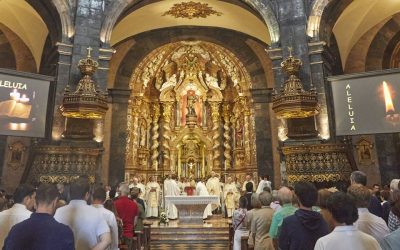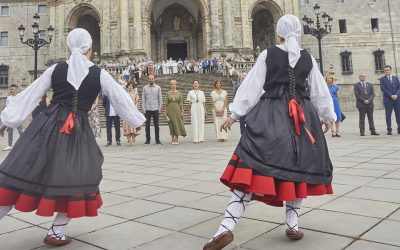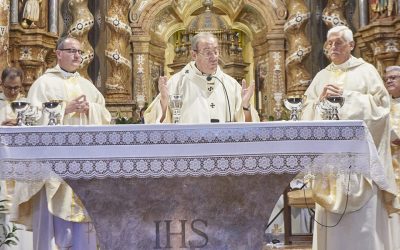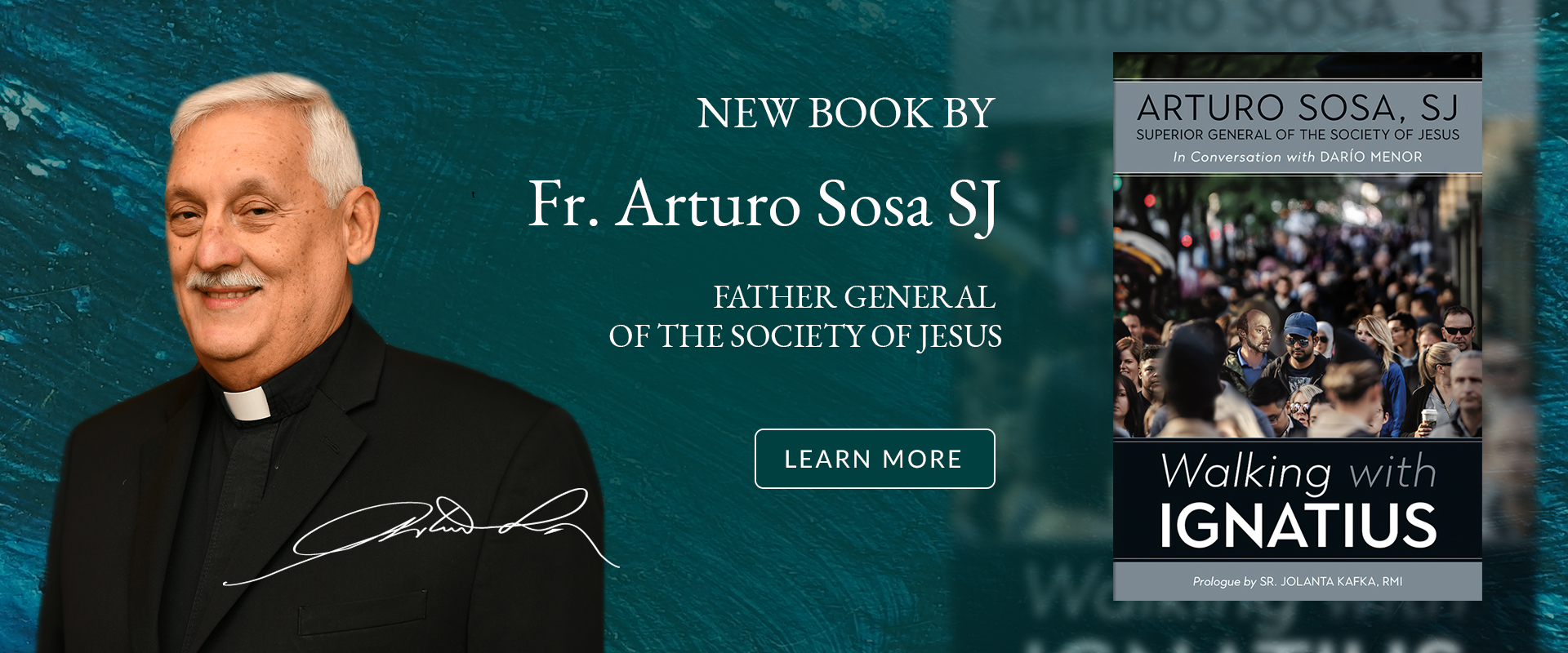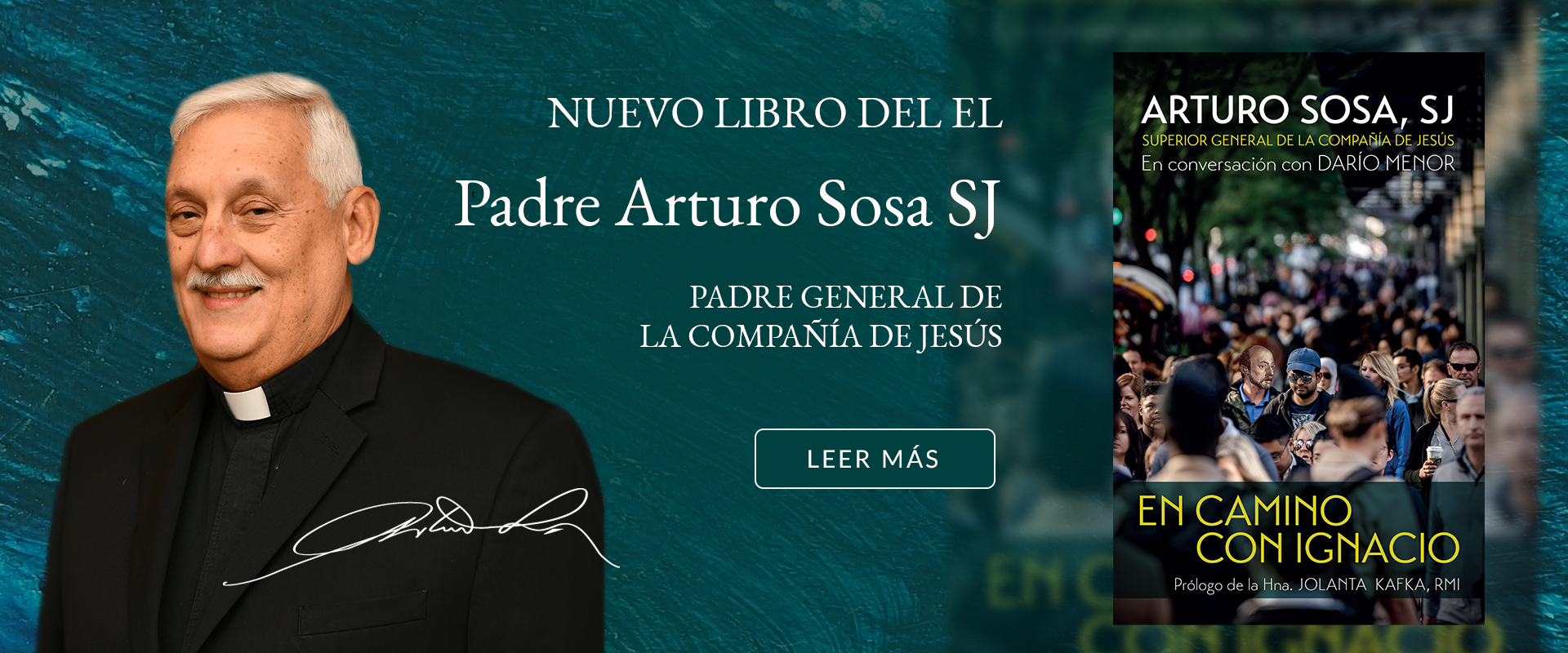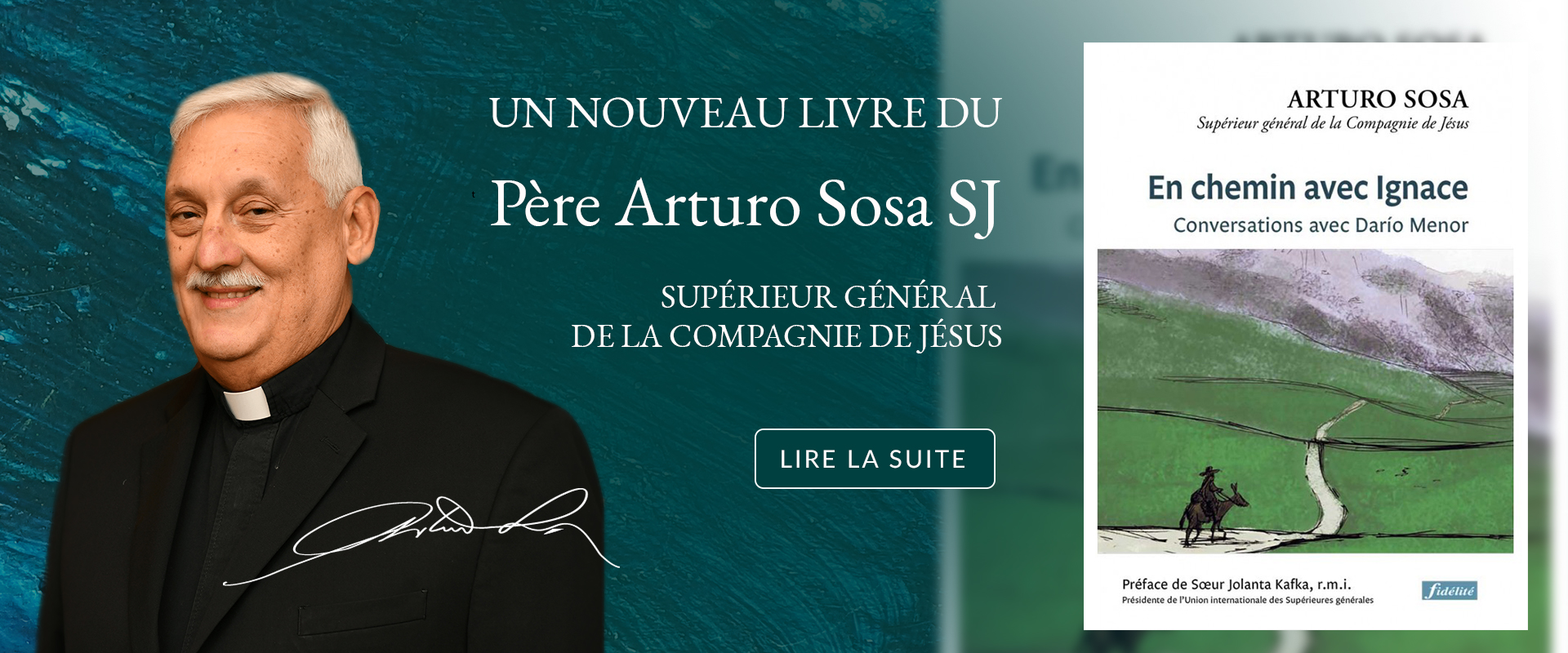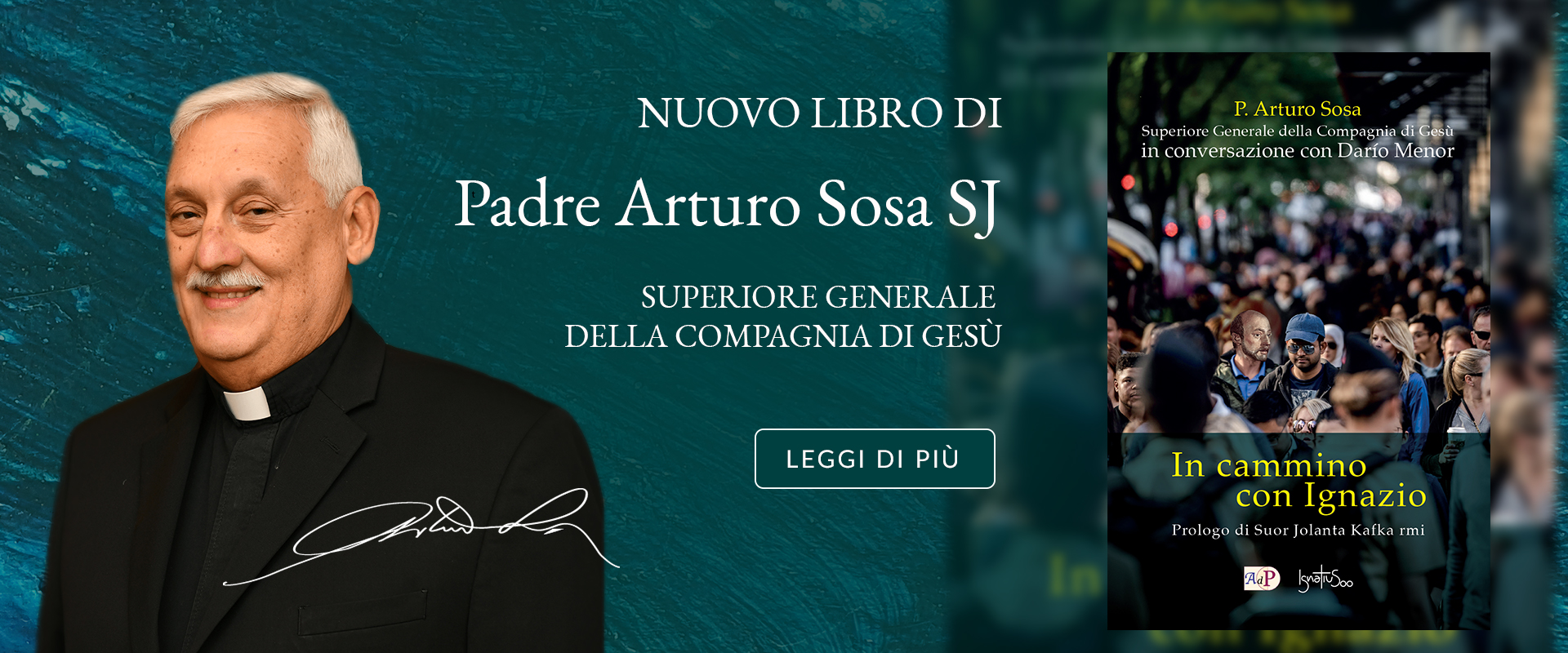During this Ignatian Year, we are publishing a series of homilies that Fr. General Kolvenbach held on the feast days of St. Ignatius. In this homily, Fr. Kolvenbach focuses the importance of Mary for St. Ignatius.
Church of the Gesù, July 31st 1988
This evening, in this Marian year, we cannot celebrate the feast of Saint Ignatius together without recalling his devotion to the Virgin. In a period of the history of the Church in which the reformation was trying to set God’s Mother aside in order to honour only her Son Jesus more purely, Saint Ignatius was manifesting his own spiritual experience everywhere because it had made him discover that instead of drawing us away from Christ, the Virgin, on the contrary, introduces us to God’s mystery.
In his Spiritual Diary Ignatius called the Virgin “gate and part of grace”. She is the gate, therefore Ignatius always wanted to hear from her, first of all, how he should speak to her Son Jesus and how to turn to God the Father. In the Spiritual Exercises every colloquy begins from the gate which is the Madonna’s intercession. And it is precisely because she is part of the work of our salvation that she can introduce us when we meet the Trinity. Turning thus to the Virgin, Saint Ignatius stressed that the Spiritual Exercises do not wish to present us with a doctrine or a series of ideas but to make us available for a personal meeting with God, a meeting to which Our Lady bears witness through her life of first believer and full of grace, of grieving mother and joyful virgin. It would be difficult to justify a tradition which sees Our Lady as dictating the Spiritual Exercises word by word to Saint Ignatius, but Ignatius obviously learnt from the Virgin how to collaborate generously and gratuitously in her Son Jesus’ work of salvation and he was thinking of the Virgin when he dared outline the contemplative and apostolic contours of his spirituality. The icon of Our Lady Saint Ignatius painted carries a paschal dimension which we sometimes risk forgetting.
Ignatius also highlighted the Virgin’s sorrows. He bore in mind the cross which was already looming over the event of Jesus’ nativity. In particular he emphasized Jesus’ farewell to his mother, when the Lord renounced his family of Nazareth to consecrate himself exclusively to the mission his Father had entrusted him with. But above all Ignatius invites us to participate whole-heartedly in Our Lady’s solitude during her Son’s passion, to participate in the great pain and suffering in which, however, the love which is greater than every death sustained her faith in the cross and her hope in the resurrection.
But Ignatius, who knew that he had been called to follow the Lord both in his pain and his joys, sensed that the Virgin participated in the Cross through her suffering and through her joys in her Son and Lord’s paschal Glory. This is why Saint Ignatius, faithful as he always was to the word of the gospel, invites us to contemplate a meeting which the gospel does not mention: that of the risen Lord’s first apparition to Our Lady. As if he foresaw our wonder, Saint Ignatius justified himself thus: “Though this is not mentioned explicitly in the Scripture it must be considered as stated … For Scripture supposes that we have understanding, as it is written, “Are you also without understanding?” (Sp. Ex., 299). For Saint Ignatius this was not pious exegesis, pleasant fantasy. Going back to Saint Ignatius’ own words: the Madonna is the gate to paschal joy because she is a part of this mystery.
Faithful to a long tradition in the Church, this paschal meeting between the risen Lord and Our Lady was very different from the apparitions mentioned in the gospel which were all aimed at convincing and reassuring the disciples who doubted their Lord’s resurrection. The consolation the Virgin received during this paschal meeting was in no way sentimental compensation for the pain suffered at the foot of the cross. According to Saint Ignatius, this consolation could only be growth in paschal faith, in paschal hope and in paschal love. Hers was not, as with the disciples, an all too human and unsteady faith which needed to grow: the Pasch increased the Virgin’s faith in her risen Son which revealed how life springs from death, how at the very heart of suffering and pain the light of Christ shines. Hers was not, as with the disciples, an overprosaic hope which sought reward for so many trials and needed to be purified in her: the Pasch increased the Virgin’s hope in the incomprehensible paradox of every life in the Spirit, in which each day one must lovingly take up the cross in order to rise, already now, each day again, with the risen Lord. It was not, as with the disciples, a possessive and fickle love which needed to be confirmed: in the Virgin the Pasch increased the paschal love which loses its life in the risen Lord so that others may live abundantly, which gives its whole life for the life of the world through a new commandment.
Saint Ignatius invites us this evening to renew the mystery of the great Pasch of the Lord in this Eucharist and to pray, as Church, that what archetypically occurred to the Virgin – grieving mother and joyous virgin – may happen to us: the consolation of growing in paschal faith through paschal hope for a paschal love stronger than any death.
Read the other homilies here.


